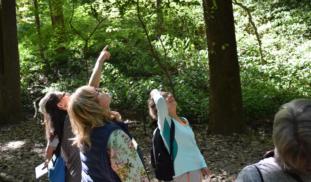132
0
0
Like?
Please wait...
About This Project
Indiana Phenology is on a mission to document seasonal changes in plants and animals in every county in Indiana. Hoosier citizen scientists contribute observations to a statewide database, documenting the local impact of environmental change to inform management decisions and legislative action. We need funding to create additional public observation sites. Each new site adds 5000+ observations per year. Funding for 3 sites will bring our yearly observations to 30,000, doubling our 2019 numbers.


